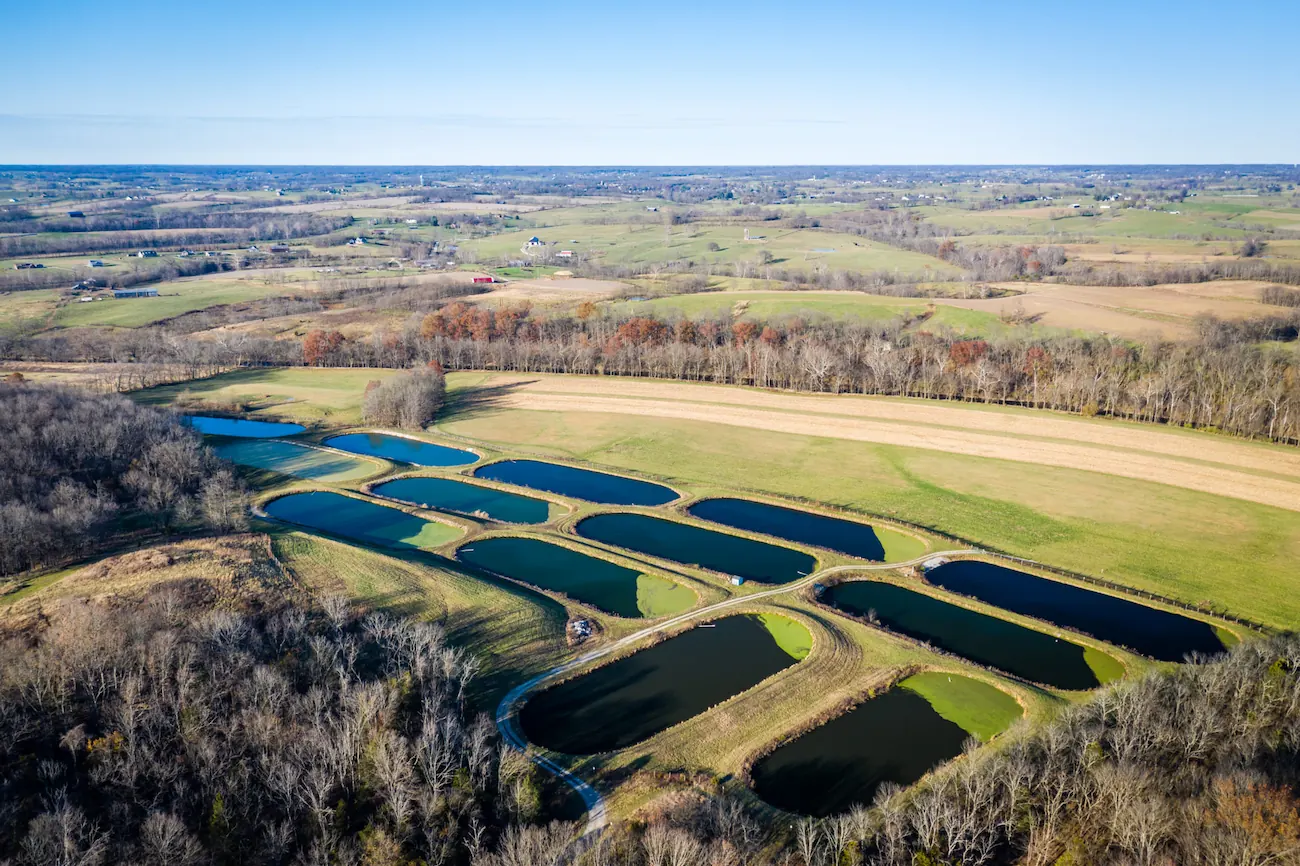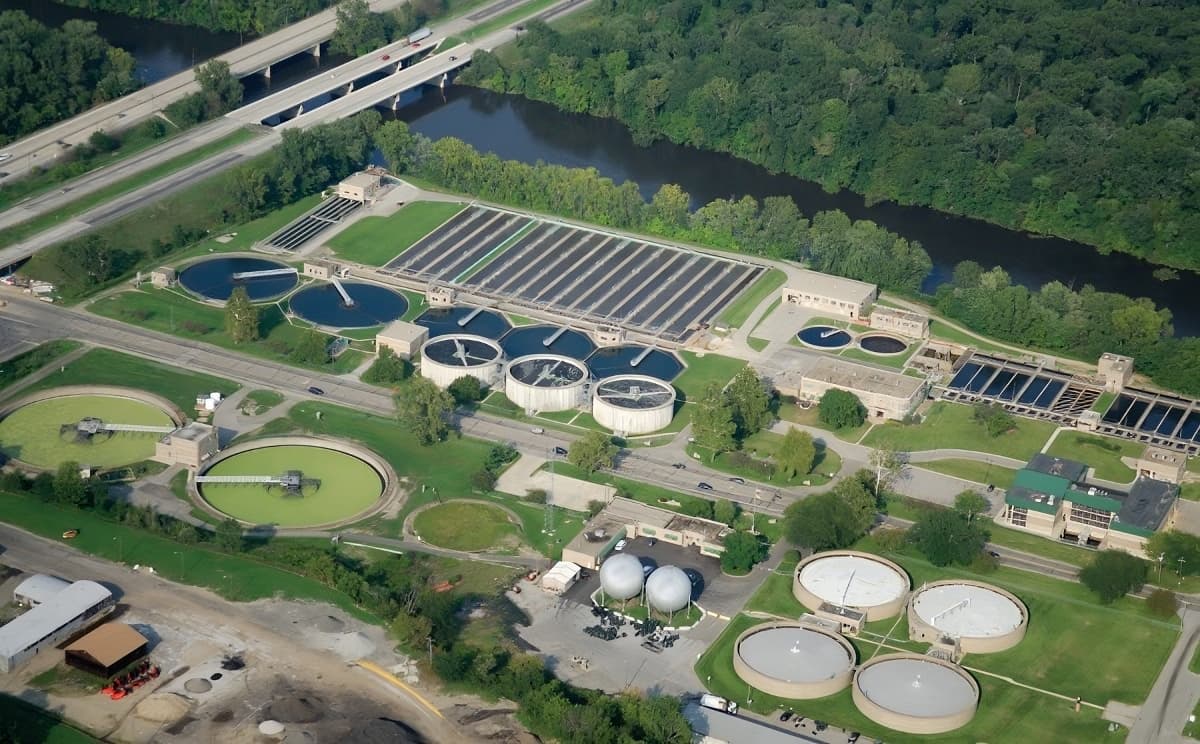Wastewater Treatment
SonicPure's Pulsar 4400 is used in hundreds of wastewater facilities and clarifies around the world. With our team's expertise, we can plan out the best way to attack your algae and biofilm problems.


Stop Algae from Impacting Treatment Plants
Eliminating algae from wastewater is critical to protecting the environment and ensuring efficient plant operation. Wastewater treatment facilities are tasked with restoring water to a reusable state, but lagoons and holding ponds can become breeding grounds for harmful algal blooms—especially in warm climates with excess nutrients. These blooms, often made up of cyanobacteria (blue-green algae), disrupt treatment by increasing oxygen demand and suspended solids. As they die, they contribute to sludge buildup and release toxins harmful to humans and wildlife, along with foul odors. Traditional methods like filtration, algaecides, and aeration help—but they’re no longer enough.

Aging Infrastructure Increases Risk
Wastewater operators must fight algae blooms while managing worn-out systems. Clogged filters and corroded parts can lead to discharge violations, fines, and costly downtime.

Chemicals Are Risky and Temporary
Chemical treatments may kill algae fast but require frequent use, strain staff, harm ecosystems, and must be carefully stored and handled.

Aeration Helps but Doesn’t Kill Algae
While aeration supports overall water health, it’s costly to run and doesn’t directly eliminate algae, making it an incomplete solution.
A widespread water problem in urgent need of an efficient solution
The mission for wastewater treatment systems is challenging – and the responsibilities are significant. Those operating plants must collect used water and sewage, remove contaminates, and then transport treated clean water back into water sources for reuse. This important mission is highly regulated, regardless of who is responsible. The plants can be publicly or privately owned municipal plants managed by local governments or outsourced companies. Private companies, such as power plants, oil refineries, may also have their wastewater treatment facility onsite for treating wastewater. There are more than 16,000 wastewater treatment plants in the United States. A challenge of this proportion requires an efficient solution.

Ultrasound eliminates algae in wastewater treatment plants

LEARN






